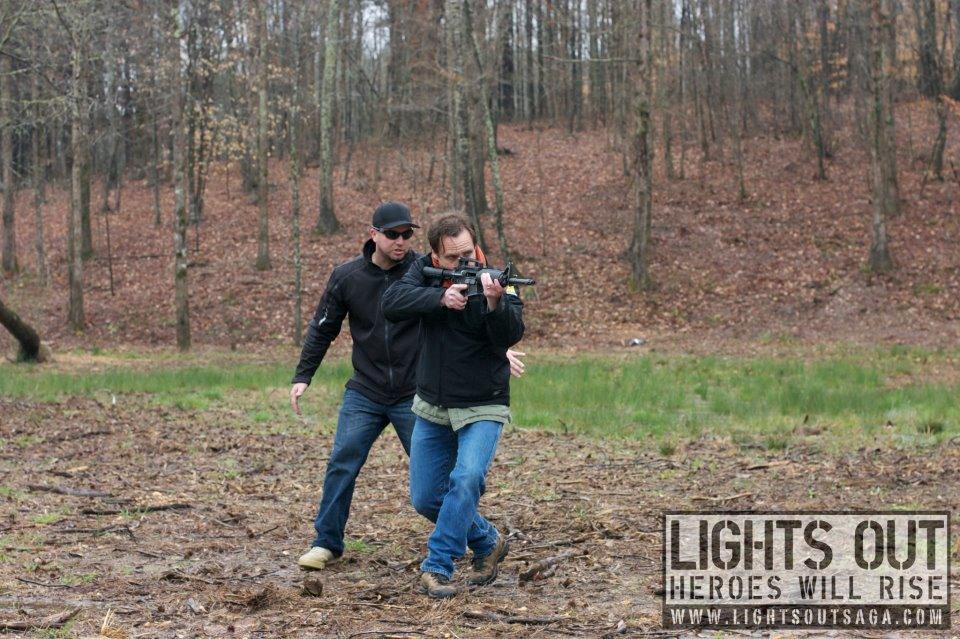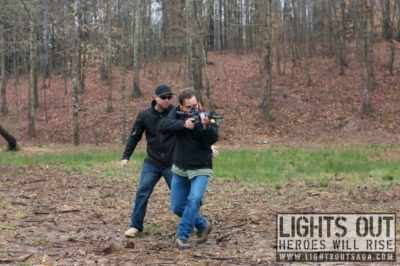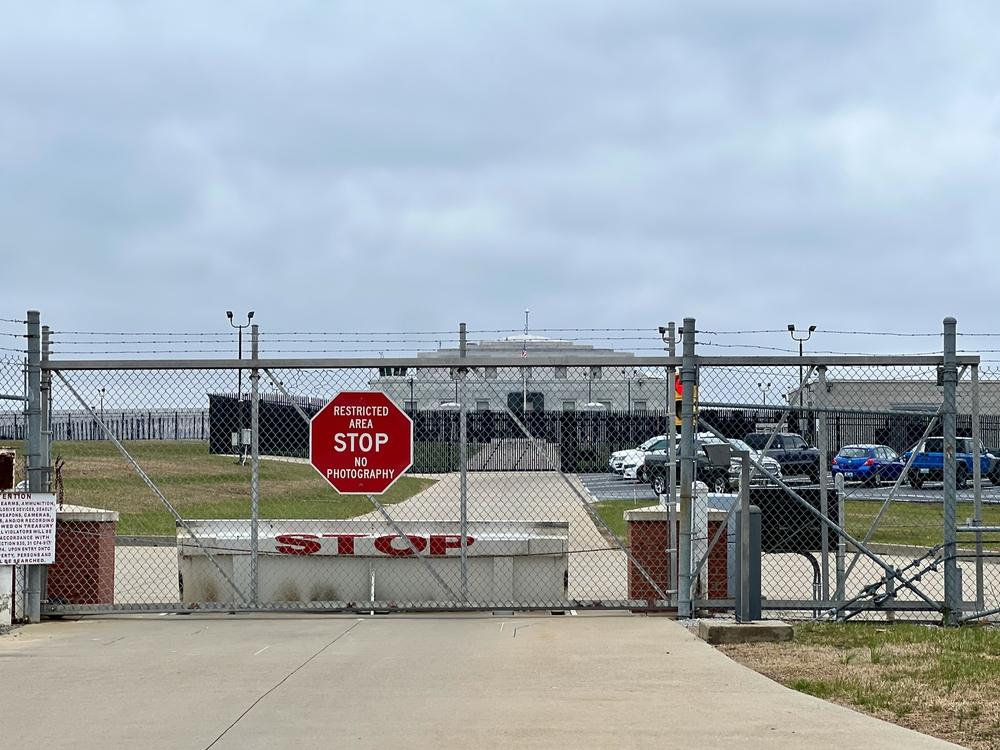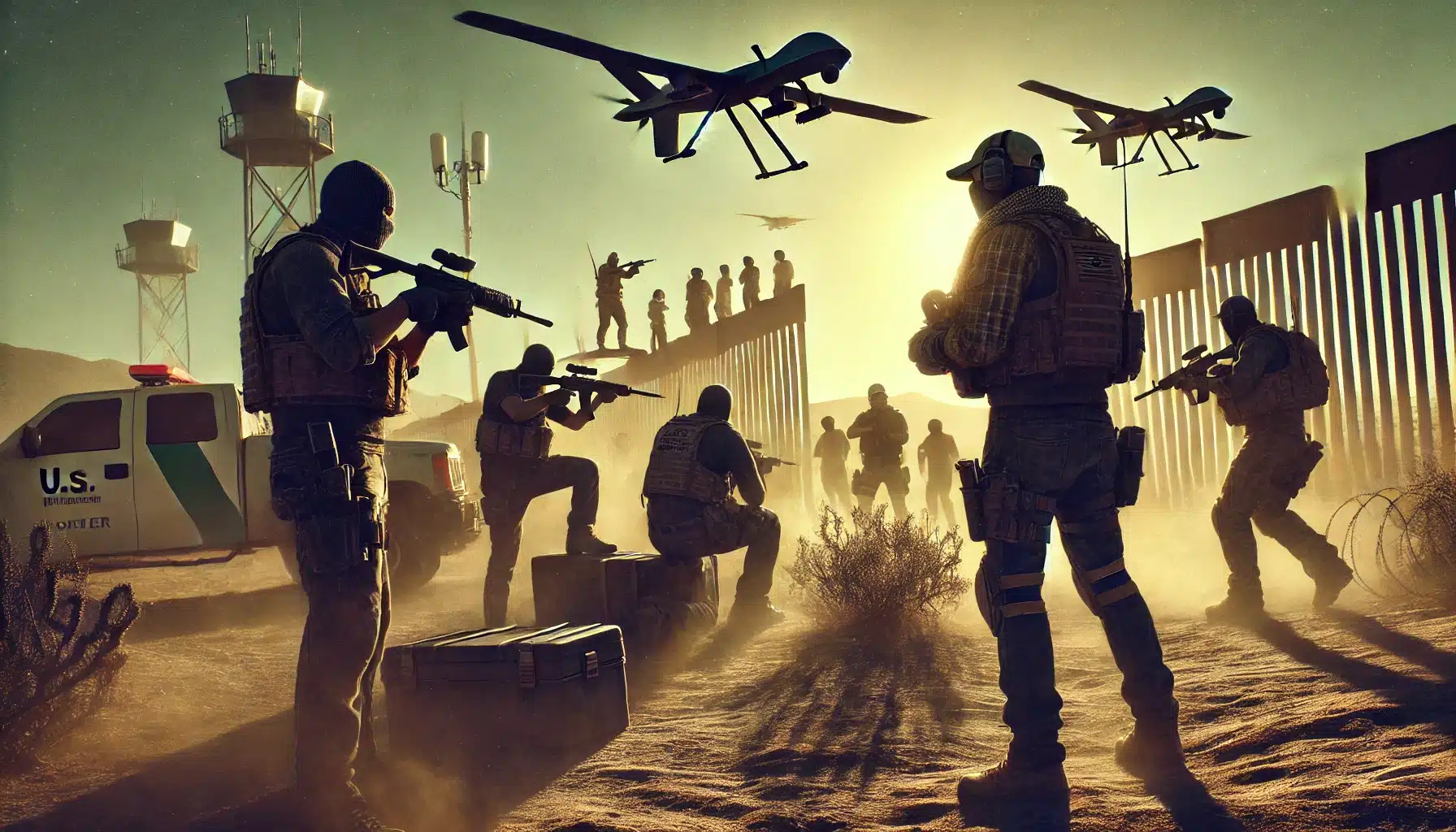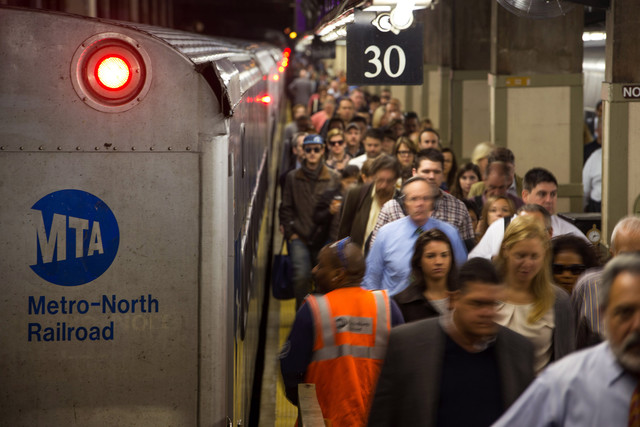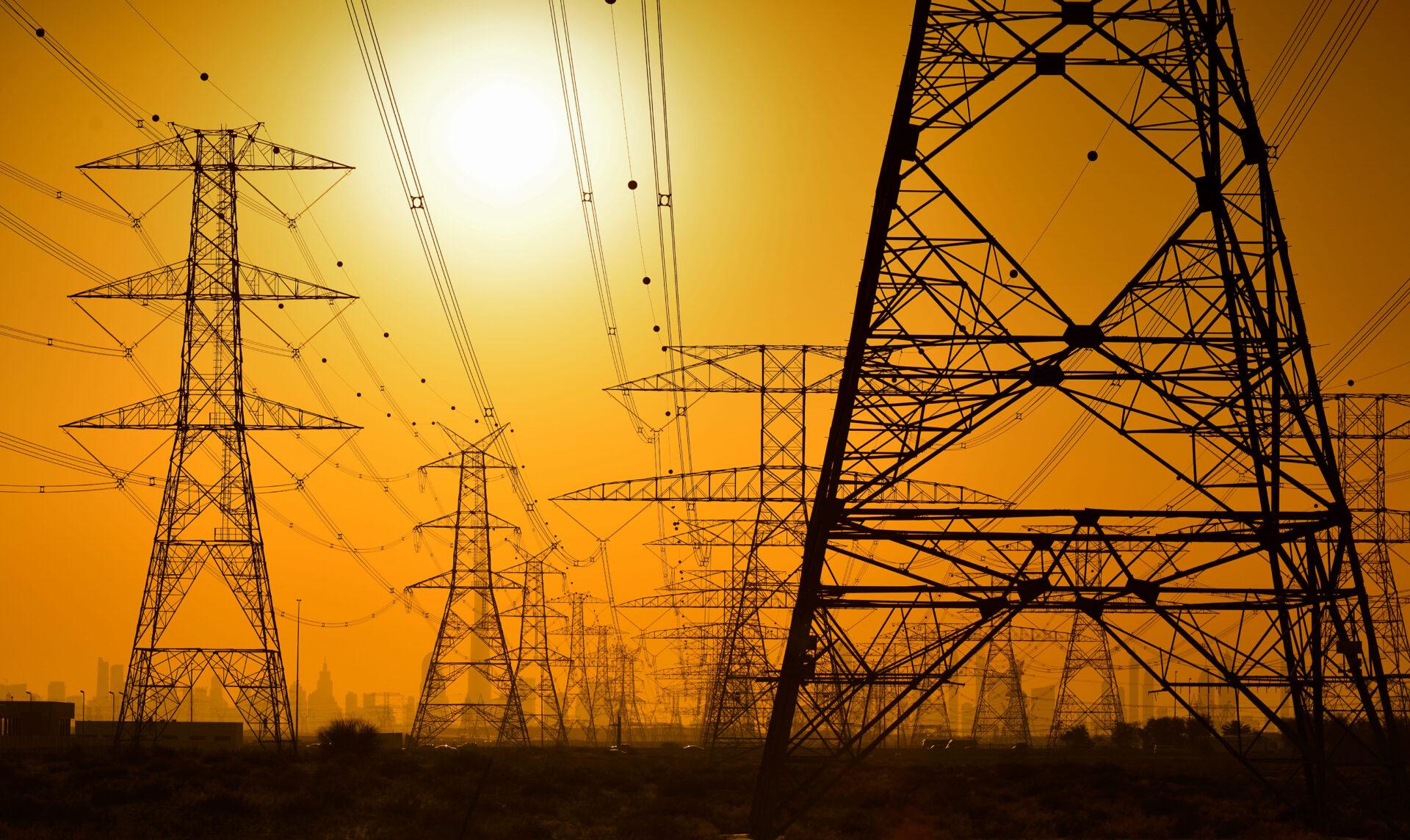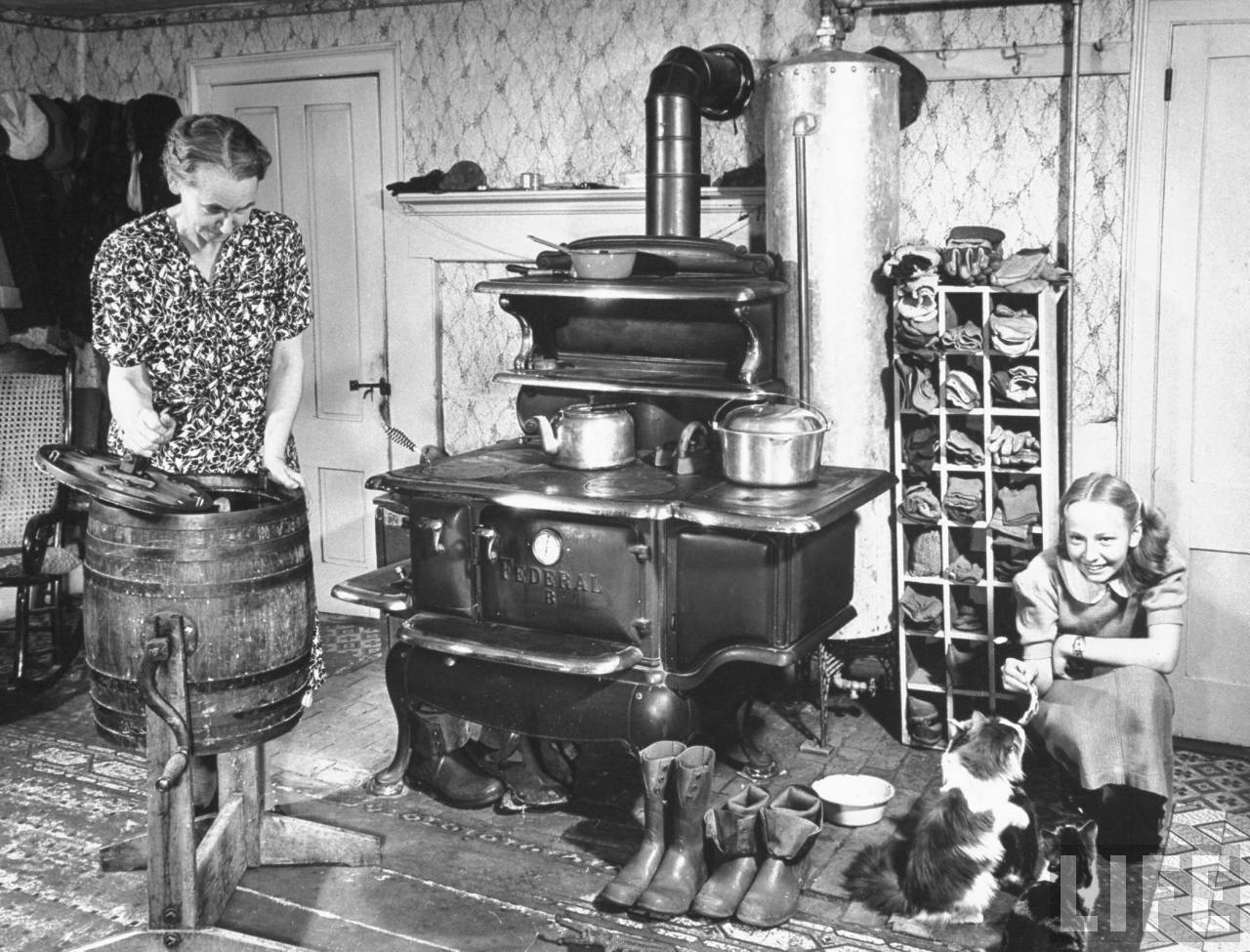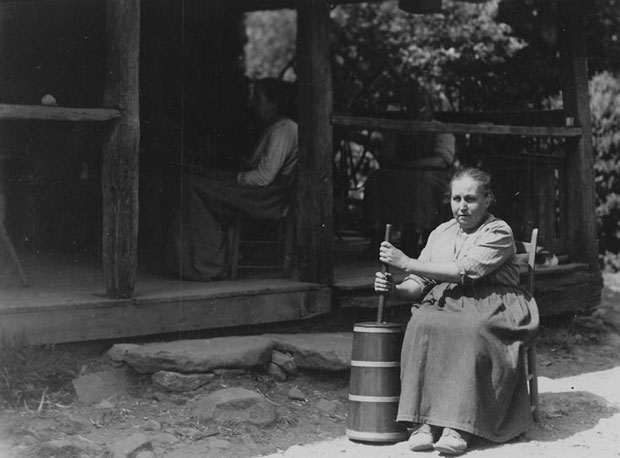The hit book, Lights Out, already has a cult following, and will soon become a movie series – despite the best efforts of anti-gun crowd-funding websites. Using Internet venues designed to allow the public to donate funds to the arts and worthy projects has become commonplace, making it a great option for independent filmmaker’s in need of extra cash for development and production costs. Unfortunately for executive producer Travis Fox and writer David Crawford, the liberal gun control crowd often associated with Hollywood has a powerful influence in the crowd-funding realm as well. The extremely well-written and realistic book/movie has an important preparedness message to share with America, and will ultimately make it onto the big screen, despite funding hurdles. The dedicated men behind the production simply do not consider failure an option.
Lights Out, written by David Crawford, begins just moments after the power grid goes down, and North America and at least parts of Europe are suddenly jetted back to a 1800s existence. Unfortunately for the main character Mark Turner and his family, friends, and MZBs [A.K.A. Mutant Zombie Bikers, the nickname for the bad guys and evil ladies in the saga] modern society is ill-equipped to deal with an existence sans microwaves, iPhones and the Internet. It does not take long after “The Burst” for society to collapse, civil unrest to unfold, and millions of people to roam city streets with bellies aching from hunger.
Many independent films and documentaries offer “producer” credit for folks who donate funds to the project, but the Lights Out team is taking a more interactive approach with their fans. Someone with fairly deep pockets can become a producer, and actually be involved with specific aspects of development. For folks who love the Lights Out book but may be on a tighter budget, they can become an actor in the movie series. The price to play a bit part varies depending upon what stage of production the film is in, but remains reasonable and offers an exciting and rare opportunity for fans.
Off The Grid News had the opportunity to sit down with the Lights Out Saga executive producer Travis Fox and discuss the book, the movie series and preparedness. Long before he could add executive producer to his resume, Travis Fox had a distinguished career as a disaster planning specialist, security consultant and firearms instructor. David Crawford is most definitely the outdoorsy type, and is also a fourth level black belt who shares his knowledge of self-defense by teaching both adult and children’s courses.
 Lights Out Saga recently took runner up for “Best Action Sequence on a Feature Length Film” at the Action On Film International Film Festival. The award was won based on the first draft of the script, which has since progressed a great deal.
Lights Out Saga recently took runner up for “Best Action Sequence on a Feature Length Film” at the Action On Film International Film Festival. The award was won based on the first draft of the script, which has since progressed a great deal.
OTG: Please share with our readers the hurdles, and in my opinion, bias, you encountered when attempting to use popular crowd funding websites to garner funds to make the Lights Out Saga.
Travis: As far as the anti-gun crowd funding thing – yes, Indiegogo ‘reinterpreted’ their ‘no firearms policy’ to include any tactical item that could be used in conjunction with a firearm. This eliminated every one of our sponsors, which included flashlights [SureFire], plastic parts [Magpul], knives [Cold Steel], airsoft weapons [Airsoft Extreme], Vortex Optics [scopes and binoculars], Brownells [gunsmithing gear], etc. The only reason we were able to keep 5.11 gear on our site is because they didn’t realize their backpacks and chest rigs were created for firearms gear. To add insult to injury, Indiegogo charged us 12 percent of our gross proceeds because we couldn’t hit our fundraising targets, even though they changed the rules within a few weeks of our launch. Needless to say, it was an experience I never want to go through again. After contacting other crowd-funding sites it became clear we were at risk of the same PC behavior from all of them, because they would only deny items after we kicked off our campaign. I created a secure storefront that mimicked the behavior of a true ‘crowd funding’ site, and we’re doing it on our own. Again, not ideal, but this industry is going to fight me every step of the way. So be it. It just steels my resolve to push on.
OTG: The Lights Out book was a huge hit on Amazon. How did the two of you connect and the idea to turn the novel into a series of movies evolve?
Travis: I was actually an early follower of the story, and kept in touch with David occasionally as it was posted online. I got involved in a much smaller film project a few years ago which had some similar themes. In fact, on the surface the storylines sounded so similar that some Lights Out fans tossed out accusations of theft. That prompted David and I to get back in touch, which prompted us to talk about how great it would be to see Lights Out hit the big screen. Unfortunately, someone else had an option on the book, so we could do no more than dream about it. I talked to David occasionally in 2012 about writing another story that we could use for a screenplay, but it just didn’t feel right. Ultimately, I just happened to call David on New Year’s Eve of 2012 to wish him a Happy New Year, at which time he informed me that the other company’s option expired at midnight that night. As you can imagine, I had my legal team writing up an option offer on New Year’s Day, and we moved very quickly from there!
OTG: How did you background as a security and disaster professional lead you into the moviemaking business?
Travis: I run a consulting practice helping companies and government agencies implement effective security programs that also plan for and react to disasters, incidents and other significant events. I suppose that makes me a ‘professional prepper.’ Although there are many things a large organization can do to react to the impact of adverse events, ultimately – the most effective way to minimize impact on a broad scale is to change the mindset of people at an individual level. Awareness and self-sufficiency remain our number one asset at the corporate, national and individual level, and is something we should all encourage. Unfortunately, that’s really difficult to do on a broad scale.
I first got involved in the movie industry by volunteering as a technical advisor – as an attempt to more realistically portray what post-disaster life would be like. It quickly became obvious, though, that the entertainment world isn’t interested in accuracy, because it’s not very ‘entertaining.’ During those days on movie sets, though, I quickly gained experience in the film industry itself. I’m not a creative person. I have multiple engineering degrees and run multiple technical businesses. What quickly became apparent, though, is that the things that draw people to work in the entertainment industry are rarely what I consider practical. The industry in general seems to be missing the logistics, planning and leadership needed to effectively accomplish something as large as a movie. While I couldn’t tell you how to hold a camera – organization and logistics are my specialties. As a result, I found myself being asked to take on increasingly senior roles in the movies I was involved in, until I eventually found myself working as a producer. It’s worked out to be a great fit.
OTG: How do you feel about the manner in which the entertainment industry typically depicts self-reliant folks and the preparedness community in general?
Travis: When’s the last time you saw a movie or TV show depict someone who was prepared in a positive light? I had to go back to the 1980s before I found one. Let’s face it – there is a concerted effort within the entertainment industry to portray the self-sufficient as hoarders who are mentally unbalanced and only think of themselves. We could spend a lot of time talking about why our government and entertainment industry push this message, which would probably lead to some uncomfortable conversation. Ultimately, encouraging people to be dependent on others for their well-being has had catastrophic effects. People literally die from this mindset every day, because they fail to take the most basic precautions for their own survival.
Unfortunately, the industry is effectively propagating this mindset, because people in general tend to believe and act like what they see in movies and TV shows. We can list hundreds of examples of things people believe or do because of something they saw in a movie. My favorite example is the opening scene in the 1993 film Menace II Society which depicted a gangster shooting his handgun sideways. Decades later, popular culture still mimics this incredibly ineffective way of firing a weapon – all because it was in a movie. So while we may share insights with our friends, family and acquaintances, we’re no match for the non-stop barrage of negativity put out by Hollywood. People spend more time with their TVs and computers than they do with real people, and this media interaction has replaced much of their personal interaction and critical thinking. To be blunt – we’re outgunned.
So what can we do? The only way I know to change public opinion on a broad level is to use the same tools used against us to send a positive message. Millions of people have read Lights Out, and it’s had an impact on their lives. A movie series with recognizable actors and fantastic production values could change millions of people’s views all around the globe. Imagine that story packaged in a DVD case with recognizable actors on the cover at your local Redbox, and how this message will get inside the homes of everyday people. It may sound funny, but I believe we can save lives by making entertaining movies that hit the mainstream – but deliver a positive message about being self-sufficient.
OTG: When will the production begin on the Lights Out Saga?
Travis: We’ve worked hard throughout 2013 to complete what’s known as pre-production. This includes writing the scripts, location scouting, hiring crew, completing casting, acquiring funding and several other key steps. We’re in a position to shoot some scenes now, although full-time production won’t begin until 2014. Our goal is to film all three films at the same time, so we’re looking for all the resources and a good 50-day window next year to shoot. As an independent film series, we’re obviously guided a great deal by funding as well, so a great deal of our dates are still unknown.
OTG: I understand that filming will take place in Georgia. The South has become a popular location for both television and movie location shoots. The Walking Dead is also shot in Georgia. Why do you think more and more producers are opting out of the traditional Hollywood, California, or New York locations for their productions?
Travis: Taxes, unions and a bloated industry on the West Coast have simply driven business elsewhere. The movie industry started in California because of the number of sunny days there, prior to the availability of lighting. Since then the machine on the West Coast has become more important than the product it produces. While many States have seen the value film production brings, few have pursued that business as aggressively as Georgia. While an industry hardly grows overnight, Georgia has implemented a state rebate program and invested heavily in production studios and other facilities needed for ‘top shelf’ movie production. Georgia is tax-friendly, a ‘right to work’ State – no mandatory unions, and has attracted a base of cast and crew that is amongst the best you can find anywhere. Our plan is to shoot the Lights Out Saga exclusively in Georgia, which certainly hasn’t made all the Lights Out fans in Texas very happy!
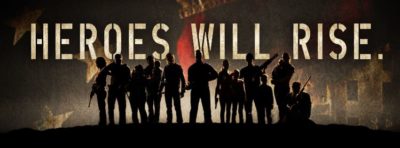 OTG: A host of reputable firearms related businesses are sponsors of the Lights Out Saga. How and why did members of the weapons industry become involved in the series of movies?
OTG: A host of reputable firearms related businesses are sponsors of the Lights Out Saga. How and why did members of the weapons industry become involved in the series of movies?
Travis: Similar to the portrayal of self-sufficient people in the entertainment industry – lawful firearms owners are maligned at incredible levels in modern entertainment. The opportunity to present their products in a positive light is unfortunately something those in the firearm and tactical industries had never encountered before. As you can imagine, having someone who shares your values making a movie series such as Lights Out is a pretty attractive situation for them.
Ultimately, we have landed over 20 sponsorships at this time. We literally have the top company in every single niche, which has actually been a bit overwhelming. While we have a number of sponsors who would like to remain ‘behind the scenes,’ some of the ones we can talk about include 5.11 Tactical, Benelli, Brownells, Cold Steel, Mystery Ranch, Noveske Rifleworks, Surefire and Vortex Optics. We’ve also gotten a lot of support from online forums such as ar15.com.
While the movies are not about firearms and tactical gear, the opportunity to see products presented in an accurate and positive light is something unprecedented. To help with this, we’ve engaged the Noveske Shooting Team to train each of our actors and extras before they appear on set. We’re also leveraging ‘real’ weapons, from our sponsors, with blanks where possible. This will lead to accurate recoil, reloading and other functions, which I think will make for a fantastic movie experience. I admire a lot of the work done by the team in Act of Valor, and we certainly intend to produce something comparable on that front.
OTG: Both you and David are attending the Life Changes Be Ready Preparedness Expo and Gun Show in Florida later this fall. What prompted you to become actively involved in the self-reliance movement and what will you be sharing at the expo?
Travis: We’re both life-long preppers and shooters – so have been active members of the community for over a decade. With that said, our decision to make a crowd-funded independent movie series has certainly pushed us to become involved in a more public fashion. Yes, we will be presenting at the Life Changes Be Ready Expo later this year, along with a few other venues. Our mission is something that should resonate a great deal with that audience, and we certainly need the support of the community. We’re really looking forward to the opportunity to answer questions about the movie-making process, the transformation of the book into a movie series, and generally enjoying the company of ‘people of like mind’ at these expos. We don’t have movie footage to share yet, but think getting involved in a project like this on the ground floor should be pretty exciting for the people at these expos.
OTG: The overly taxed and vulnerable state of the power grid is a topic I research and cover often. The EMP Commission was deactivated in 2008, the SHIELD Act is stalled in Congress, and the expansion of a Smart Grid system makes the United States far more vulnerable to cyber hackers. The multitude of electric car charging stations planned across the country, most funded at least in part with taxpayer dollars, also allow cyber terrorists ample opportunity to hack into the power grid. Let’s not forget the possibility of a solar flare taking down our electrical system as well. How did each of your concerns about the potential for a downed power grid come about?
Travis: I actually led the security teams at one of the largest energy companies for a number of years, and have been involved with securing ‘critical infrastructure’ for over 15 years. I will simply say that I share your concern about the vulnerability of our power generation, distribution and service. While there is a great deal of scrutiny on our nuclear generation facilities, there’s not nearly the same attention given to the rest of the infrastructure – such as fossil/hydro generation facilities, storage facilities and the distribution network. With that said – I can say many great things about the companies I worked with and their willingness appropriately secure their infrastructure. The NERC (North American Electric Reliability Corporation) has released some significant standards that increase the reliability and security of our energy infrastructure, and in general I’ve seen broad-scale adoption of those initiatives. The Cybersecurity Act of 2013 and other efforts attempt to address many of our concerns about the vulnerability of the SCADA (supervisory control and data acquisition) and other networks that control our energy systems. Even with those safeguards, we still have a great deal of vulnerability. Acts of God or war are extremely difficult to protect against, and consistent protection from anticipated attacks is difficult to implement. The industry as a whole certainly isn’t in a position that I’m comfortable with.
Harness the power of the sun when the power goes out…
With all of that said – energy is but one piece of the puzzle needed to maintain our standard of living. Fuel, water, food, medicine and other commodities are equally, if not more vulnerable, and are more likely to be needed to survive. The real challenge is that these items are intertwined. Without power, water production may cease and food storage would fail. Without fuel for transportation – water, food, medical supplies and other essential supply chains would fail. While we can live without power, a serious power outage would likely cause disruptions in other areas that would seriously disrupt our ability to operate effectively.
To me the key message out of all of this is that you can’t count on anything, and certainly not things that are not under your control. Anything you rely upon – as an individual, for survival, should have redundancy. We have no ‘right’ to power from a publicly-regulated power company. Power companies exist to produce a profit for their shareholders, and will continue to provide that service as long as it’s profitable for them, they can physically provide it, and you can pay the bill. If any of those three criteria cease to exist, one shouldn’t anticipate electric service. If you need water to survive, you should have some stored and the ability to generate additional supplies. The same goes for power. While power is largely a convenience, it’s certainly one that changes our lives, and ability to earn a living. Let’s hope we continue to see advances in protecting this critical asset.
OTG: What can you share with our readers about the Lights Out Saga main character, Mark Turner?
Travis: David can probably answer this better than me, I’ll weigh in. Mark Turner is intentionally an ‘everyday guy.’ Rather than some ultra-prepared hotshot who has all the right tools at just the right time – I think Mark Turner embodies what we are likely to encounter in a real-life crisis. He struggles with decisions, and is hesitant to take on the responsibility of leadership. He gets hurt, makes mistakes, and struggles with the reality of life after a disaster. In other words – somebody most of us can relate too.
OTG: Is the focus of the Lights Out Saga purely entertainment, or is the series of movies designed to warn and educate as well?
Travis: Although original stories are rare these days – Hollywood produces plenty of content every year that many may consider ‘entertaining.’ Unfortunately, most of it is completely meaningless. While we want to make an entertaining movie series, our real goal is to change public opinion about preparedness by telling a great story. Lights Out [the book] is absolutely a story that entertains and educates at the same time, and the movie series will retain that character. We want Lights Out to be a movie series that people watch with their families, loan to their friends, and sparks a conversation about how they can be better prepared for their future. Awareness and accepting responsibility are the cornerstones of a self-sufficient person, and our goal is to be the catalyst for those events.
I may be going off topic, but I’ve always felt there are four stage of a self-sufficient lifestyle – and Lights Out is intended to start the journey and supplement along the way. Although it’s unpleasant to acknowledge, the typical journey of a self-sufficient person starts with fear. They see a story about a family that breaks down in a winter storm, and thinks ‘What if that happened to me?’ They read books, watch TV and hear the news about people who die, are attacked or suffer from difficult situations, and begin to think about how vulnerable they are.
The second phase is accepting responsibility for your own well-being. Responsibility for yourself is much more difficult than letting someone else bear that responsibility, i.e. the government and police officers, and is certainly not taught in our schools and culture today. People today would rather call a tow truck than learn to change their own tire. The transition to accepting responsibility for yourself is what I call the awakening – which often happens when one has children.
The third stage is admittedly reactionary, based on fear and new-found responsibility. People rush out to stock up on freeze dried food, firearms, cases of water, bug-out-bags, etc. They often focus more on zombie invasions than real life catastrophes, such as a job loss, medical emergency, or act of God. That’s okay. It gets them started. Their plans are usually not balanced at this stage, though.
The fourth stage is ultimately adopting a self-sufficient mindset in everything you do. This is the stage where you don’t obsess about everything that might happen, or about the tools, goods or resources you have. You simply grab your backpack on the way out the door. You keep cash on hand and in the bank. You keep at least a half tank of gas in your vehicle, and you buy food in bulk and rotate it without thinking about it. You don’t assume things will go right, but you also don’t fear what might go wrong. Preparedness has essentially become an insurance plan you’ve learned to live with – just like your auto, home and life insurance policies. If anything, at this stage people stop worrying so much about what might happen – because they’ve already anticipated and prepared for it.
Our goal for the movie series is to spark stage 1, transition to stage 2, give some ideas for the inevitable stage 3, but hopefully set an example of what stage 4 should look like!
OTG: In Lights Out, the power grid goes down due to an EMP attack. Do you feel that an EMP attack by North Korea of another foe is something both the government and the American people should be preparing for specifically?
Travis: Honestly? Not really. I think a grinding financial collapse/recession is more likely. I think job loss, eroding freedom, acts of God – hurricanes, tornados and floods, and other type events are more likely to impact us on an individual basis. Ultimately, most of these situations aren’t a lot of fun to think about, and they certainly don’t make for a good story. To me, an EMP strike is used so much in fiction because it symbolizes a nice, neat way to eliminate everything we depend upon – in a very convenient package. It doesn’t ultimately matter whether it’s an alien invasion, zombie apocalypse, EMP strike or financial collapse – the end result is the same: the loss of your supply chain and support network.
I do risk assessments for a living, and discovered a long time ago that 95 percent of what you do to prepare applies to about 95 percent of the situations that might happen. This leads me to the conclusion that worrying about what may happen isn’t nearly as important as your universal plan and mindset. I think EMP and zombie fiction are great entertaining ways to get people to think about their plan and mindset. I suspect that as individuals we’ll experience more boring events like financial collapse/stagnation, medical emergencies and acts of God long before we see such exciting events, though.
OTG: Near the beginning of Lights Out, the EMP attack occurs and American cities turn into virtual war zones as civil unrest not surprisingly unfolds. The fires spawned not only by the rioting but an EMP attack or solar flare are often the most overlooked aspect of a grid down scenario, in my opinion. During a recent Off The Grid News radio show interview, Brian Brawdy and I discussed fire preparedness and planning.
Even though those in the picturesque rural town like the one depicted in Lights Out may be safe initially from the type of violence which breaks out in urban areas, the countryside will be more vulnerable to fires caused by bursting power line transformers, due to the many trees and grassy areas in such regions. Does either the movie or the book address the need to prepare for fires? I have growing concerns that my self-reliant rural peers will have ample weapons and food at their secluded cabin, but not enough fire training and tools to protect their families. What tips can you offer our readers about the blazes which will surely result after such a disaster, when there is no fire department to call?
Travis: What a fantastic question and thought process!! We don’t address fire preparedness in the book or movie series, although it’s certainly something we think about personally.
So along with degraded police and medical assistance – we would certainly expect fire and other emergency services to be degraded during an emergency. That’s one facet of the overall problem, though. Disasters often leave debris to sit and dry in the sun over time, which is perfect kindling for a fire.
Disasters often compromise wiring, gas lines, and other supply corridors that would supply either the ignition or the fuel for a fire. I think most importantly, though, is that people’s behavior changes in an emergency in a way that makes fires more likely. People may use a fireplace or a kerosene heater that hasn’t been used in years. They might light candles around their homes at night. They may use a fire to cook with, and they may run generators or other devices which add to the risk. Ultimately, you have the perfect combination of behavior that increases risk, often an increased supply of ignition and fuel sources, and then a degraded response to top it off. In other words, I couldn’t agree more about this being a concern. In fact, I think the flooding in Katrina and other notable disasters is the only thing that kept this from being more of an issue in the past.
New Relocation Manual Helps Average Americans Get Out Of Harms Way Before The Coming Crisis
Very few modern buildings are resistant to fire, which means we’re all at some risk. Even concrete or log structures are full of flammable items, and often surrounded by very flammable buildings. Whether it’s an out of control forest fire or a neighbor that threatens to throw a torch on your roof unless you give him food – fire is probably one of the highest dangers to our source of shelter. There are some precautions we can take to protect ourselves from fire, but they often come with a great risk. Our water supply may be reduced or even eliminated during a fire. The fire could take out the power lines to the water distribution stations, for example. Foams and other devices are expensive, and often not warranted unless you live in an area prone to fires. Building construction may mitigate a lot of your risk, but again – it can be expensive, particularly to secure your roof, doors and windows. The most practical precaution to me is removing any fuel source, i.e. trees, for a few hundred feet from your home, which serves a number of other purposes; such as the ability to spot and interact with potential intruders long before they arrive at your door. There are no guarantees, though.
As with many such situations, mobility and diversification of resources is what most should be focused on. I live in an area with little fire risk, but where hurricanes frequently devastate the area. Tornados are a risk for many in the middle of the country, while mudslides, earthquakes and other disasters often hit the West Coast. Whatever the disaster is – you need the ability to evacuate with enough supplies to live for some time in an alternate location. Not everyone can afford a second home hundreds of miles away. Some supplies may be stored with a relative, though. I know people who pay a few hundred dollars a year to keep an air conditioned storage area full of supplies a few hundred miles away. You also need to be ready to quickly gather supplies for an evacuation – whether it’s spawned by a chemical spill, a fire or something else. I personally keep 6 large bins with all of my essentials, either prepacked or with a packing list on the outside, next to my garage at all times. I’ve already tested how these bins stack in my vehicles, and did a trial run with my family packing up in just a few hours. In many situations, like a large-scale fire, I think this is going to be your best option – and pre-planning is going to make all of the difference in how effectively and safely you relocate and survive.
OTG: When is the anticipated release date for the first Lights Out film?
Travis: As mentioned earlier, we’re hoping to complete production, shooting film, for all three movies in 2014. Post-production, the editing process, will take a few months for each film, so we would anticipate all three movies being ‘done’ in 2015. The big unknown is distribution. The movie and entertainment industry as a whole is changing rapidly. Direct VoD
appears to be replacing DVD and movie ticket sales, which opens the door for small independent films like ours to reach customers without a lot of the distribution hassles of the past. It’s impossible for us to say what the landscape will be like in 2015, though, so we’re not even going to try! I will say that the people who support us financially, via our crowd funding store, will get DVDs delivered to them as soon as we’re done with post production!!
OTG: What do you both hope that the audience takes away from the movie?
Travis: First and foremost, we want people to enjoy the movie series from an entertainment perspective. If they don’t, they won’t tell their friends, it won’t be seen in millions of homes around the globe, and will accomplish little. With that said, our real goal is the embedded story about slavery to technology, what really matters in life, ‘back to basics’, and how everyday people can accept responsibility for their own well-being. We won’t change people from 0 percent to 100 percent overnight. I’d like to think we’ll nudge them in the right direction, and most people will extrapolate from there!


